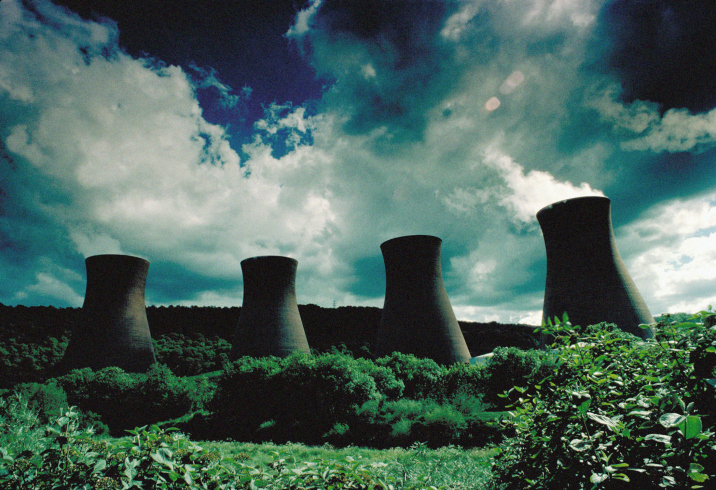
July 16, 2013, by Fraser
The 11 building blocks for reducing greenhouse gas emissions
A new study, coordinated by the London School of Economics and Political Sciences and co-authored by Nottingham’s Professor Reiner Grundmann, has identified 11 ‘building blocks’ for policymakers to reduce greenhouse gas emissions. You can read the report, THE VITAL SPARK, online.
The recommendations are in response to the failure of the Kyoto Protocol – an international treaty that sets binding obligations on industrialised countries to reduce emissions of greenhouse gases, but which hasn’t achieved its aims.
Professor Grundmann, from the University’s School of Sociology, said: “It is unlikely that a new round of international negotiations will lead to a more ambitious protocol, let alone to its successful implementation. Despite this failure it is still possible to envisage a transition towards a high energy, low carbon economy in which clean, safe and affordable energy is available to all.”
Carbon-intensive sources
The authors of the report assert that only a high energy planet is morally defensible or politically viable. But currently only carbon-intensive sources of energy — which are harmful to the earth’s climate — offer a realistic prospect of this. Current renewable alternatives are still far from viability, despite massive governmental subsidies.
Professor Grundmann said: “I hope the recommendations made in THE VITAL SPARK offer policy makers a non-dogmatic perspective on the problem of climate change and a catalogue of options which will transform the climate debate from one between ‘believers’ and ‘sceptics’ to one about possible solutions. There is no one-size-fits-all policy and national characteristics need to be taken into account when devising energy and climate policies. Rather than pursuing a global, top-down approach we need to tap into the innovative potential of each society, and enhance bottom up strategies for energy innovation.”
The study proposed 11 building blocks that are the necessary conditions for success in the energy transition that humanity needs. Some may be tough for policymakers to accept, but the authors argue that they are essential.
Reducing greenhouse gas emissions
The 11 building blocks are:
- Only a high-energy planet is morally defensible or politically viable. It is not acceptable to pursue policies that will leave the bottom billion of humanity without the energy services they require for wellbeing and dignity.
- However, at present, only carbon-intensive sources of energy offer a realistic prospect of such a high-energy world, with obvious hazards to the climate.
- The discovery and exploitation of new fossil fuels appear to outpace the discovery and exploitation of low-carbon energy sources now and for the near future.
- Current lowcarbon energy technologies are technically and economically uncompetitive.
- Therefore pragmatic and
- open-minded and pluralistic innovation policies are essential, with the recognition that
- policy failures must be embraced as the necessary price of progress.
- Both radical invention and innovation are required.
- The deployment of nascent and maturing or entirely novel technologies alike should be undertaken as a means leading to the growth of knowledge and further invention: not an end in itself.
- Amplifying the theme of necessary pluralism, there must be recognition that energy innovation must proceed by more than one pathway at once.
- The final Building Block links back to the first: broad, bottom-up social legitimation of policies is morally and practically indispensable.
No comments yet, fill out a comment to be the first

Leave a Reply